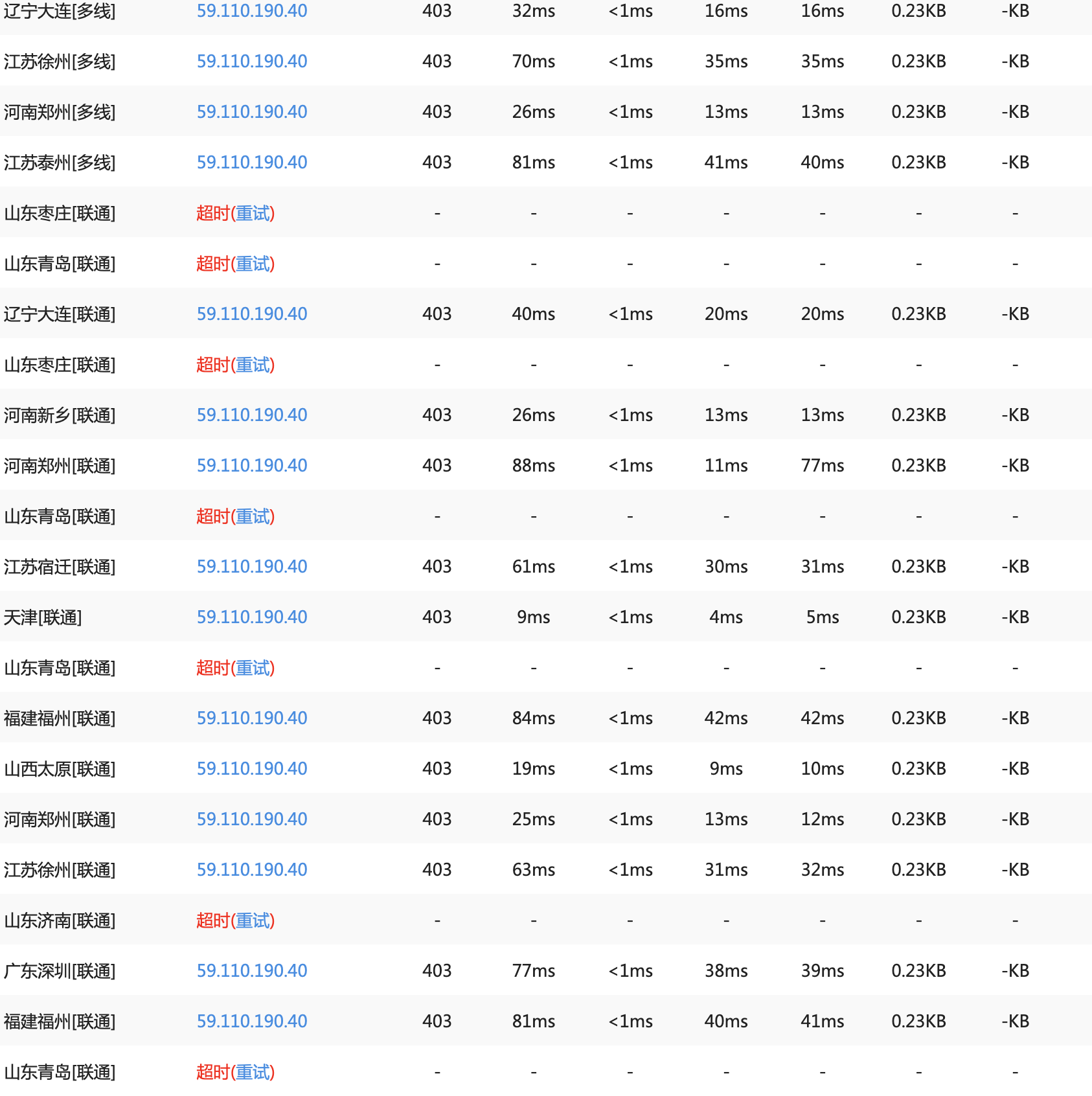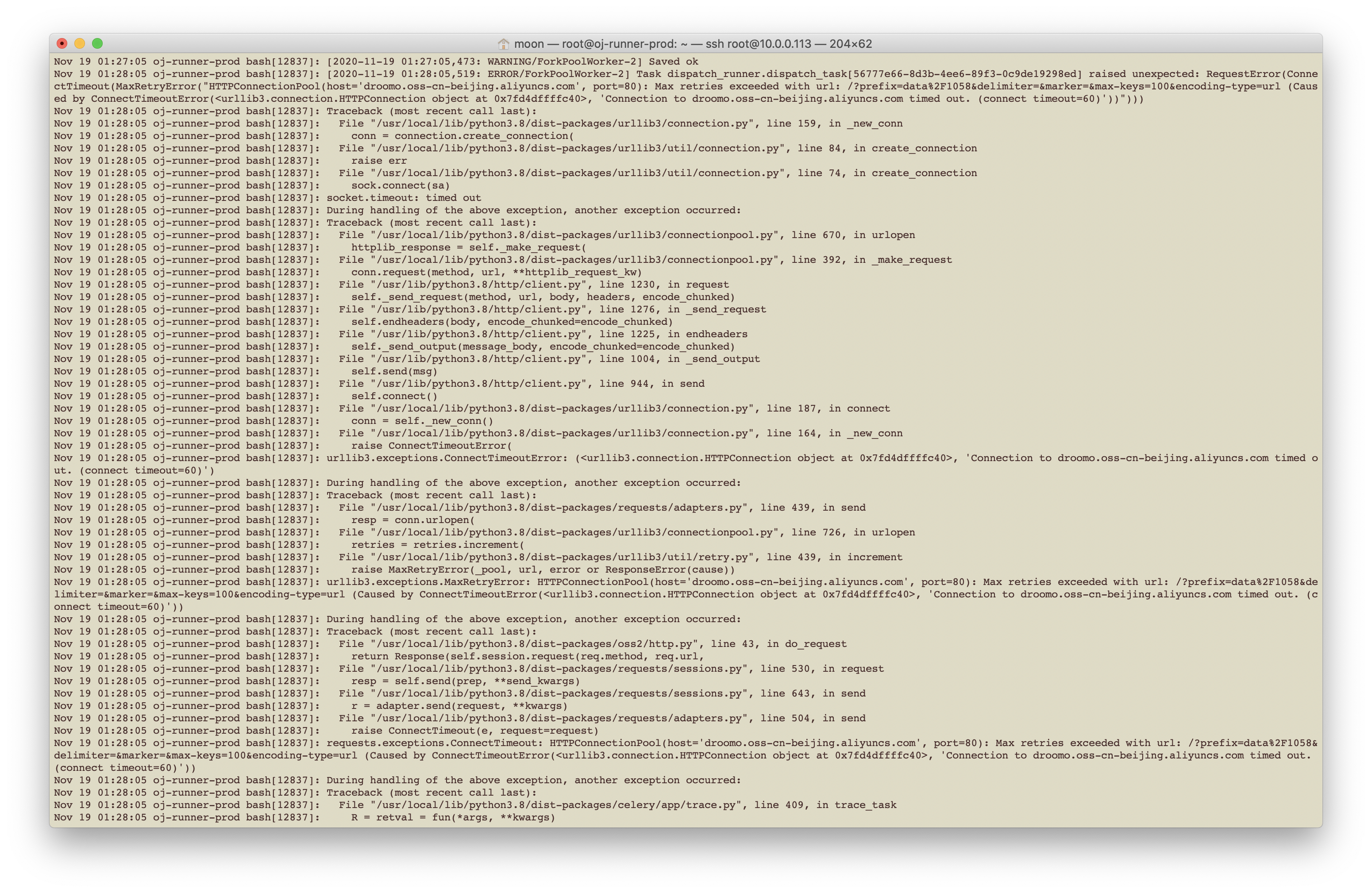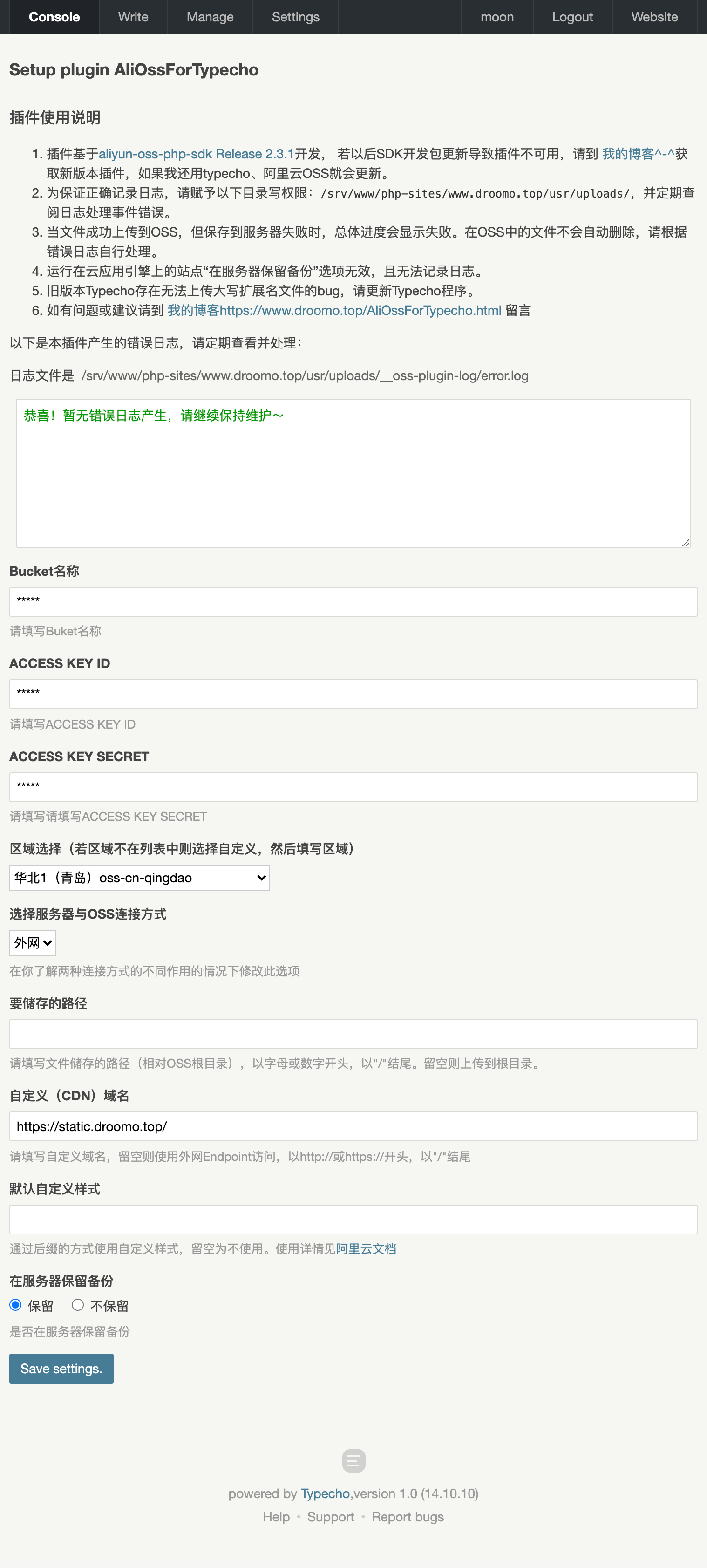考研经验--北京大学应用心理硕士
本来不想写经验贴,一来是懒得写,实际上也没什么经验,二来我觉得每个人都不一样,我的经验未必适合你。
本文的写作目的是给你加油打气,你要知道,王侯将相宁有种乎。
越好的学校,越公平。
如果你的大学学校不好,如果你挂过科,如果你荒废了大学学业,如果……
微博上、知乎上,很多人在问自己之前有各种各样的问题,会不会遭遇考研学校的歧视。
会,一定会。
人家高中那么努力,或者人家智商特别高,本科考入了Top2、C9、985、211,你凭什么要求和人家的起跑线一致?不可能一致的。但是这并不意味着你不能到达终点,甚至你完全有可能取得冠军。
我说点不要脸的话,我觉得自己和北大挺有缘的。从高中开始参加一些比赛,多次去过北大,一直被北大的建筑、景观吸引。本科时候在虹桥火车站偶遇一位北大化学系教授,娓娓道来地把她领域相关的东西讲给我这个门外汉听,那时我意识到原来真正博学的大教授是那么有魅力。
考研选择北大,是因为我知道,越好的学校越公平。我知道,北大法学干脆没有面试,两次笔试,真正的客观公正;我知道,在北大老师眼里,你本科的学校只有两种,1、他们听说过的,2、他们不知道的;我知道,北大许多老师自己就是专科出身,一步一步成为大教授。
实际上,我的考研复试过程,也真正印证了“越好的学校越公平”这句话。因为我不小心取得了复试第一。我承认,取得第一的运气成分特别大!但是不能否认的是,北大老师们完全没有因为我的本科是二本学校,我大学期间挂过科就认为我不能成为复试第一,他们的复试评分标准可能完全就是面试过程的20分钟里你的具体表现。
公平,有两方面含义,过程公平和结果公平。
在过程公平方面,几乎所有的学校都能做的非常好,抽签确定顺序、半结构化的面试等等。
在结果公平方面,我想说的有两件事。一、确实有许多的学校,每年都把一志愿考生的分数压的特别低,导致一志愿考生没有学上,最后四处招收985的调剂学生。对于这种学校,我认为我们应该做的就是“呸”。二、结果公平,就是有实力的人有学上,没实力的人没学上,简单的道理,许多人不懂。每年都有人说北京地区政治英语压分,每年都有二本、三本学生血泪哭诉某某学校歧视自己,这些人,可能他们永远都无法正确认识自己。承认自己复习的不够充分,承认自己运气不好多错了两道题,承认自己不适合报考学校的出题风格,有那么难吗?
2021-10.17凌晨
开学一个多月的现在,备考的很多细节都淡忘了,经验贴也不想写了,就拿帖子做个开学的心态记录吧。现在还清楚记得的就是那些时间没日没夜的煎熬,初始前不断地煎熬、自我否定,还有收到复试通知后知道自己只有不到5天时间复习的时候的恐慌、煎熬。还好咬牙坚持住了,实际上复试前要放弃的想法几乎不存在了,但是心理上的煎熬是真实的,现在回想起来都身临其境一般焦虑。有的时候我就想,我为何竟敢考Top2这样的学校,万一考不上,会多么的痛苦.....当我自己为我的二本本科感到抬不起头来的时候,考北大这个决定的做出,可能有90%是靠着一股傻劲。目前来看,考上北大算是活到现在干成的最牛B的事了。



